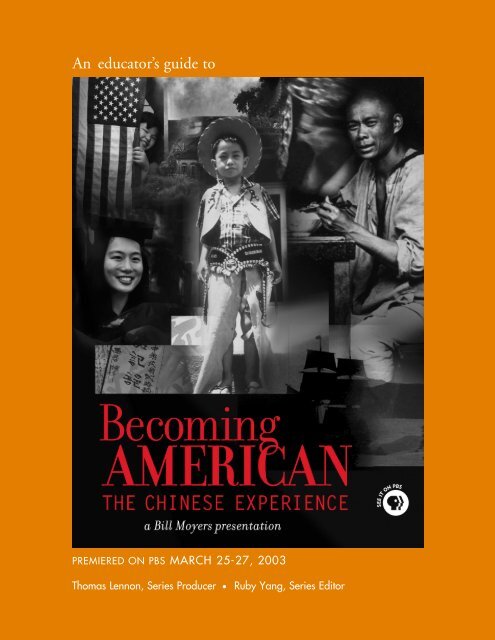
How a Chinese-American Artist Known as “Cowboy” Preserved Graffiti Art for Future Generations

Title: “Above Ground”: Martin Wong’s Legacy and the Graffiti Revolution at MCNY
In the pulsing heart of 1970s and 80s New York, a scene considered subversive and criminal at the time quietly birthed a global art movement: graffiti. Today, graffiti art is widely recognized for its artistic and cultural significance—but much of that recognition wouldn’t exist without the foresight and dedication of one man: Martin Wong.
A queer Chinese-American painter and passionate art collector, Wong was both a chronicler and champion of early graffiti culture. The Museum of the City of New York (MCNY), now home to his remarkable collection, celebrates this legacy in its electrifying exhibition, Above Ground: Art from the Martin Wong Graffiti Collection, on view through August 10.
Who Was Martin Wong?
Martin Wong (1946–1999) defied convention both in art and life. Born in Portland, Oregon and raised in San Francisco, Wong was a self-taught painter who eventually immersed himself in Lower East Side Manhattan during the late ’70s. Living at the intersection of not only cultures and communities, but also art and activism, Wong became a fixture in the local art scene—donning cowboy hats and working as a night porter to afford his rent.
Where many saw vandalism in the rising graffiti culture, Wong saw artistry. While others criminalized young writers tagging the city’s walls and subway cars, Wong recognized them as innovators of a new aesthetic. He began collecting their drawings, “blackbooks” (artists’ personal sketchbooks), and paintings. Over time, he also painted intimate portraits of the artists themselves, capturing not just their looks but their energy and cultural force.
Wong’s Graffiti Collection: A Time Capsule of Rebellion and Vision
Before his death due to complications from AIDS in the late 1990s, Wong donated his extensive graffiti archive—one of the first and most comprehensive of its kind—to the MCNY. His collection includes works from legendary artists like:
– Lee Quiñones, whose subway car murals helped define the golden era of graffiti
– Chris “Daze” Ellis, known for his colorful blend of abstraction and social commentary
– Lady Pink, one of the few prominent female graffiti artists
– Rammellzee, who blurred the lines between graffiti, performance art, and Afrofuturism
– Futura 2000 and Keith Haring, whose influence now spans galleries and museums worldwide
This collection not only documents a radical art form in its formative years but also tells the story of a vibrant, often marginalized community forging its place in the cultural canon.
Above Ground: A Landmark Exhibition
The MCNY’s current exhibition, Above Ground, puts this iconic collection center stage. Organized by curator Sean Corcoran, the show focuses on the expressive power of graffiti as well as Wong’s personal mission to archive its evolution. Spanning canvas paintings, drawings, and multimedia installations, the exhibition captures a raw vibrancy—the kind born in empty lots, train yards, and urban corridors.
One highlight includes Lee Quiñones’ “In The Yard on Doomsday” (1979), a mural-like painting infused with apocalyptic vision and social critique. Chris “Daze” Ellis’s “Phobia” (1983) and Rammellzee’s “Atomic Futurism” (1987) demonstrate how the genre spread across styles and messages, from fear and confrontation to surreal fantasy.
At the heart of it all lies Wong’s own painting, “My Secret World, 1978–81” (1984), an autobiographical tour de force that fuses downtown city life with deeply personal symbolism.
Legacy and Community
During a live panel at the MCNY in March 2024, Wong’s longtime friend and fellow artist Lee Quiñones, P.P.O.W Gallery co-founder Wendy Osloff, and curator Sean Corcoran came together to reflect on Wong’s influence. Moderated by Hyperallergic Editor-in-Chief Hrag Vartanian, the discussion painted Wong as a passionate, eccentric figure with a deep love for storytelling and human connection.
“Don’t let the truth get in the way of a good story,” Wong once quipped. But the truth is—his story is already legendary. Not only as a gifted painter and cultural historian, but as someone who defied prejudice and normative narratives to validate the voices of street artists when few others would.
Conclusion
Above Ground isn’t just an exhibition about graffiti—it’s an ode to a man who preserved a piece of culture before the mainstream was ready for it. Martin Wong’s devotion ensured that the brilliance of artists from the streets of New York wouldn’t be scrubbed away or forgotten. Instead, their work now hangs proudly within a museum, “above ground” at last.
As graffiti continues to evolve around the globe, Wong’s collection remains a beacon for authenticity, community, and the power of seeing art